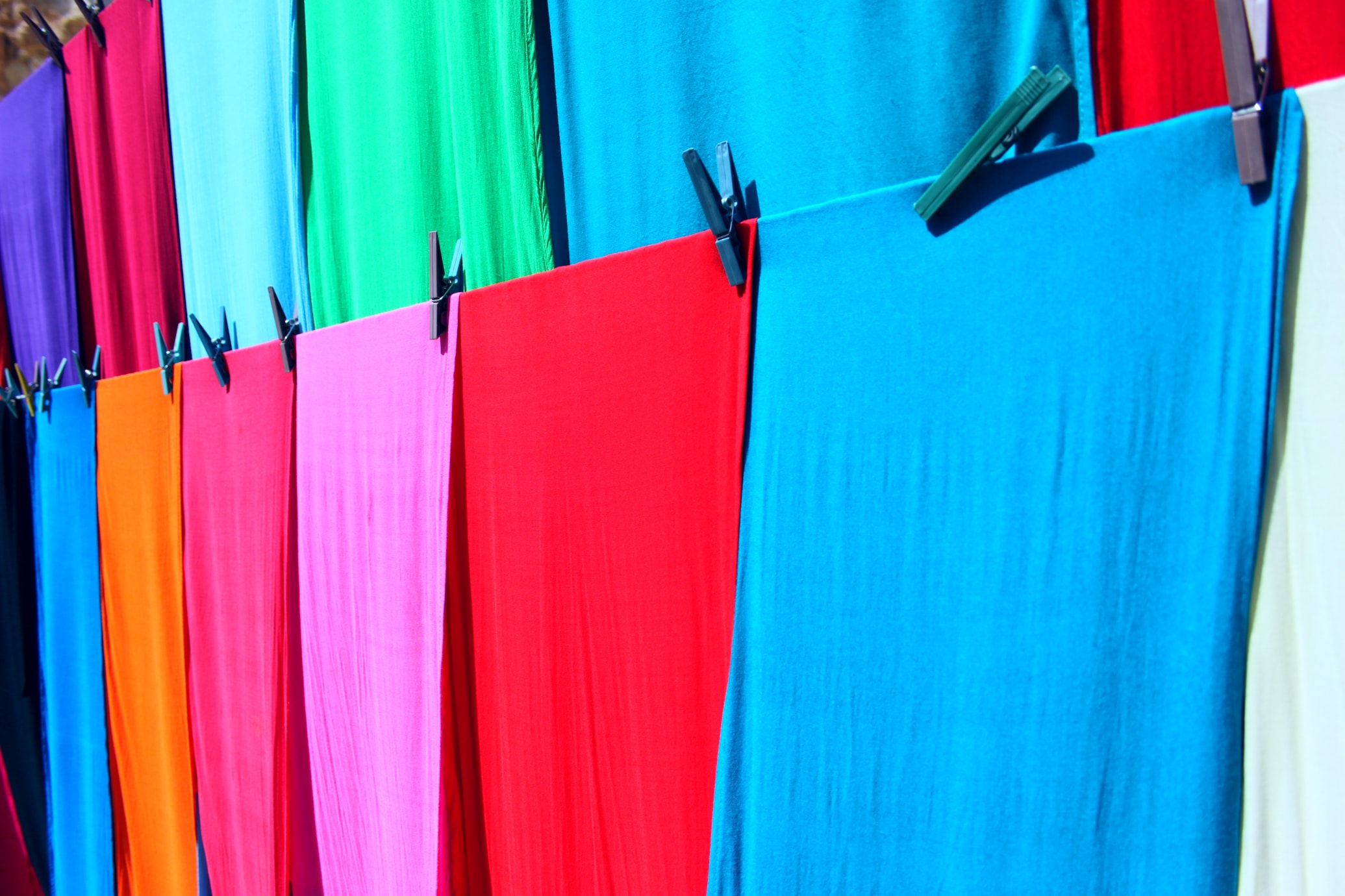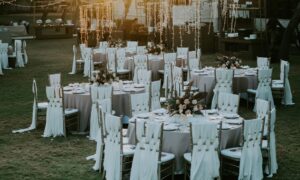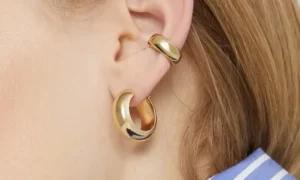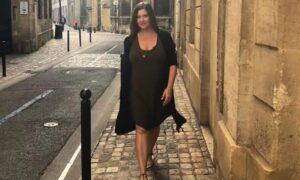The fashion business is always changing and producing new trends and styles. However, this cycle frequently gives rise to serious environmental problems, such as pollution and excessive use of resources.
Due to this, the need for ecologically friendly fashion solutions has increased. It is also due to the fact that customers have become more environmentally conscious.
Because of this, Okrika bales are gaining popularity as an innovative solution for eco-friendly purchasing. In this article, we will discuss the advantages of buying Okrika bales online and why they are a sustainable option for fashion-conscious people.
How Do Okrika Bales Work?
The second-hand clothing used in Okrika is collected from Western countries, including the UK, USA, and Europe. These garments are distributed after extensive processes of sorting, bundling, and selling to wholesalers and retailers across Nigeria, Ghana, and Kenya.
In Nigeria, this old clothing is described as Okrika. These bales are often used to produce a wide range of products, including vintage and contemporary garments, shoes, and accessories. All these old products are appropriately priced, which makes them appealing to individuals who want pocket-friendly solutions.
However, the main attraction of Okrika bales is not their low cost but sustainability. These items are ideal for people who like sustainable and ethical fashion. We will learn more about the benefits of Okrika bales in the next section.
The Primary Appeal of Okrika Bales’s Eco-Friendliness
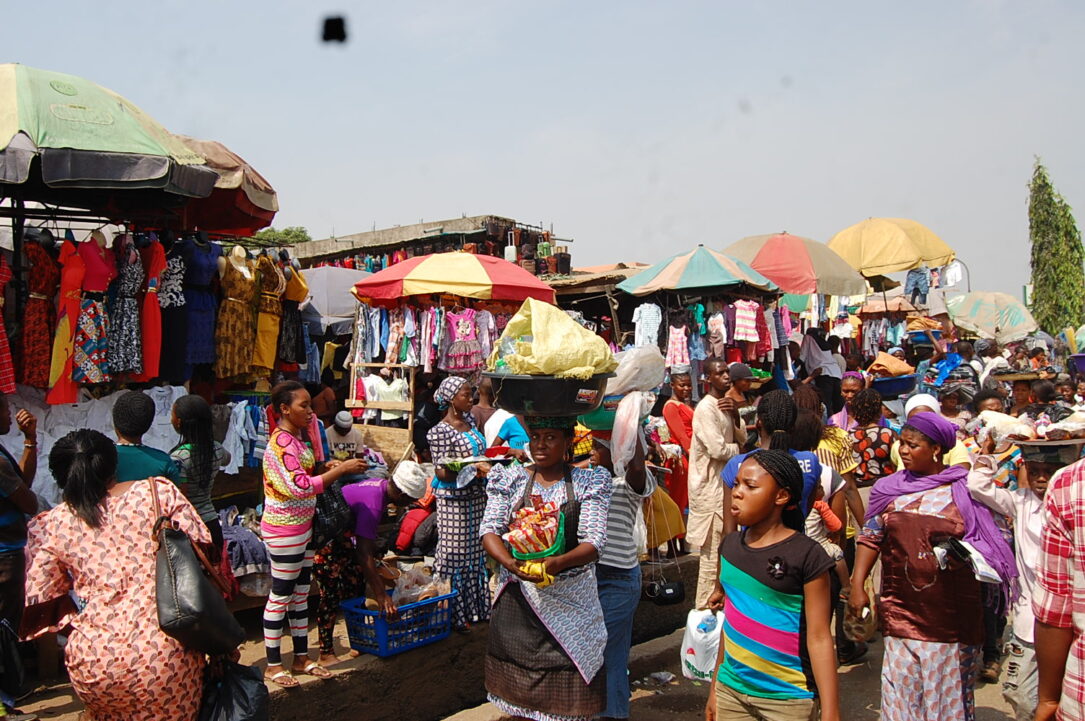
Source: dayoadetiloye.com
There is enormous interest among people in obtaining clothing that decreases waste and supports ecologically rational techniques. That’s why, for several reasons, Okrika bales are garnering worldwide interest as they offer a sustainable alternative to fast fashion:
Waste Reduction
We all know that the fashion industry adds to environmental hazards. So, if you want to do something good for the environment, buy used clothing. It consumes fewer resources and power and increases the usefulness of old garments, thus lowering the total amount of textile waste.
Fewer Resource Consumption
As already discussed, making products from old clothing consumes fewer resources and power, which makes them a sustainable choice to create new garments. Because Okrika bales include used clothing, there is no need to use more reserves.
Reduced Pollution
Okrika bales don’t add to the water pollution from dyeing and producing textiles, which helps reduce environmental damage. It is so because you are not consuming resources or energy to build from scratch. You already have second-hand materials transited from developed nations, and you only need to make a few changes to convert them into a valuable product.
Lower Carbon Impact
Another advantage of using Okrika bales is lower carbon impact. It is so because ordering second-hand clothing is much more sustainable than producing new garments that need a lot of energy.
Increased Employment
Using Okrika bales is an environmentally friendly option that positively influences the social and commercial conditions of people living in underdeveloped countries. When you order bales from African nations, it offers occupation to several individuals who export, import, sell, and sort the used materials, particularly women.
Affordability:
A broader spectrum of consumers may access sustainable fashion thanks to the affordability of Okrika bales, which are less costly than buying brand-new garments. It is ideal for people belonging to low-income group families since they don’t have money to buy expensive clothes. Whether from a humble background or well-off, everyone can wear fashionable clothes without worries.
The Value of Resale and Upcycling

Source: ecocult.com
Okrika Bales promotes thrifting and upcycling, two crucial methods in sustainable fashion. On top of it, it lowers waste and resource consumption.
Thrifting is the act of purchasing used goods, whereas upcycling is the creative process of repurposing used clothing to create something new and distinctive. Consumers who adopt these behaviors not only lessen their environmental effects but also help regional economies and encourage a circular fashion system in which clothing is reused and recycled.
Challenges and Things to Think About
While Okrika bales have several advantages for eco-conscious consumers, it is crucial to address specific difficulties and factors that have been discussed below:
Quality Control
Because Okrika bales contain various textiles of varying quality, purchasers should carefully examine their purchases. Since it is a worn apparel, it may have safety and quality issues. If you buy these apparel, understand the 3 classes in which they are divided.
-
Class A
These are the highest-grade branded garments, usually in great shape and high-quality fabric. Class A apparel is sorted by hand to ensure only the best ones make it to the list. Although these garments are second-hand, they look and feel new and are sold at a higher price.
-
Class B
These bundles include average-quality garments, often a mix of premium and budget labels. They may have a few signs of wear and tear but are in decent condition.
-
Class C
This class includes garments of the lowest quality that are often torn, stained, and soiled. It is available as scrap in thrift or wholesale markets. So, if you want quality options, don’t consider this class.
Ethical Sourcing
It is crucial to guarantee that the used clothing business runs morally and upholds the rights of employees and local communities. No one should support worker’s exploitation in the second-hand apparel sector.
Support for Local Designers and Artists
People have expressed their concerns about the impact of Okrika Bales on local businesses. Instead of only relying on imports, businesses should promote local brands as well.
It will enhance rather than replace the creations of regional designers and artists, thus fostering a healthy balance in the industry.
Wrapping Up
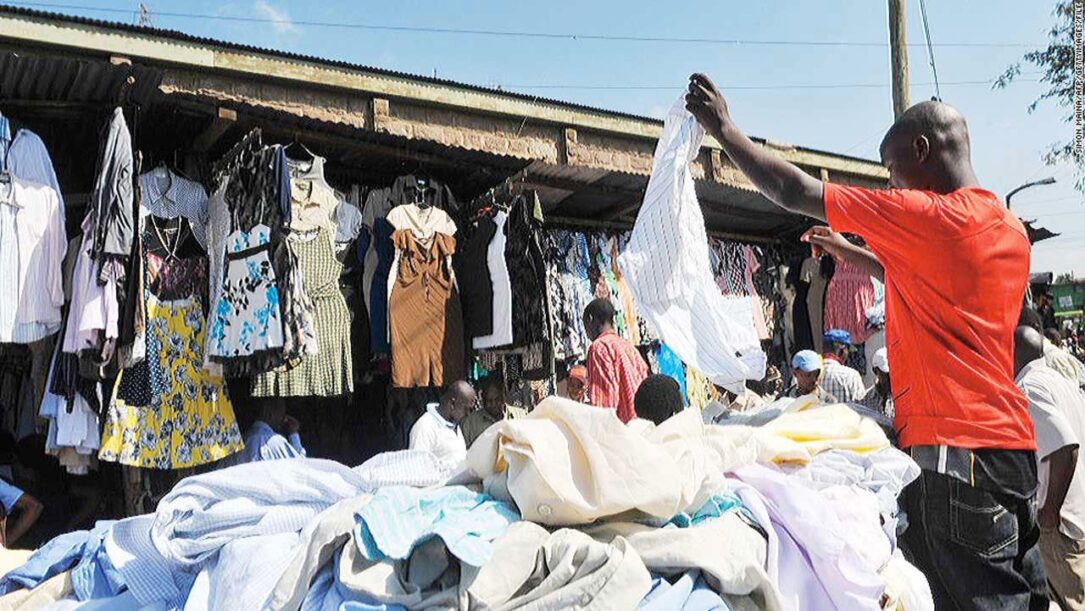
Source: vanguardngr.com
The use of Okrika bales for environmentally friendly purchasing is a step in the right direction towards a more sustainable future as the fashion sector deals with its ethical and environmental concerns. Customers may lessen waste, use fewer resources, and promote a circular fashion economy by purchasing used clothing.
The transition to sustainable fashion using Okrika bales is not simply a fashion choice; it’s a conscious choice to safeguard the environment and advance ethical consumption.


